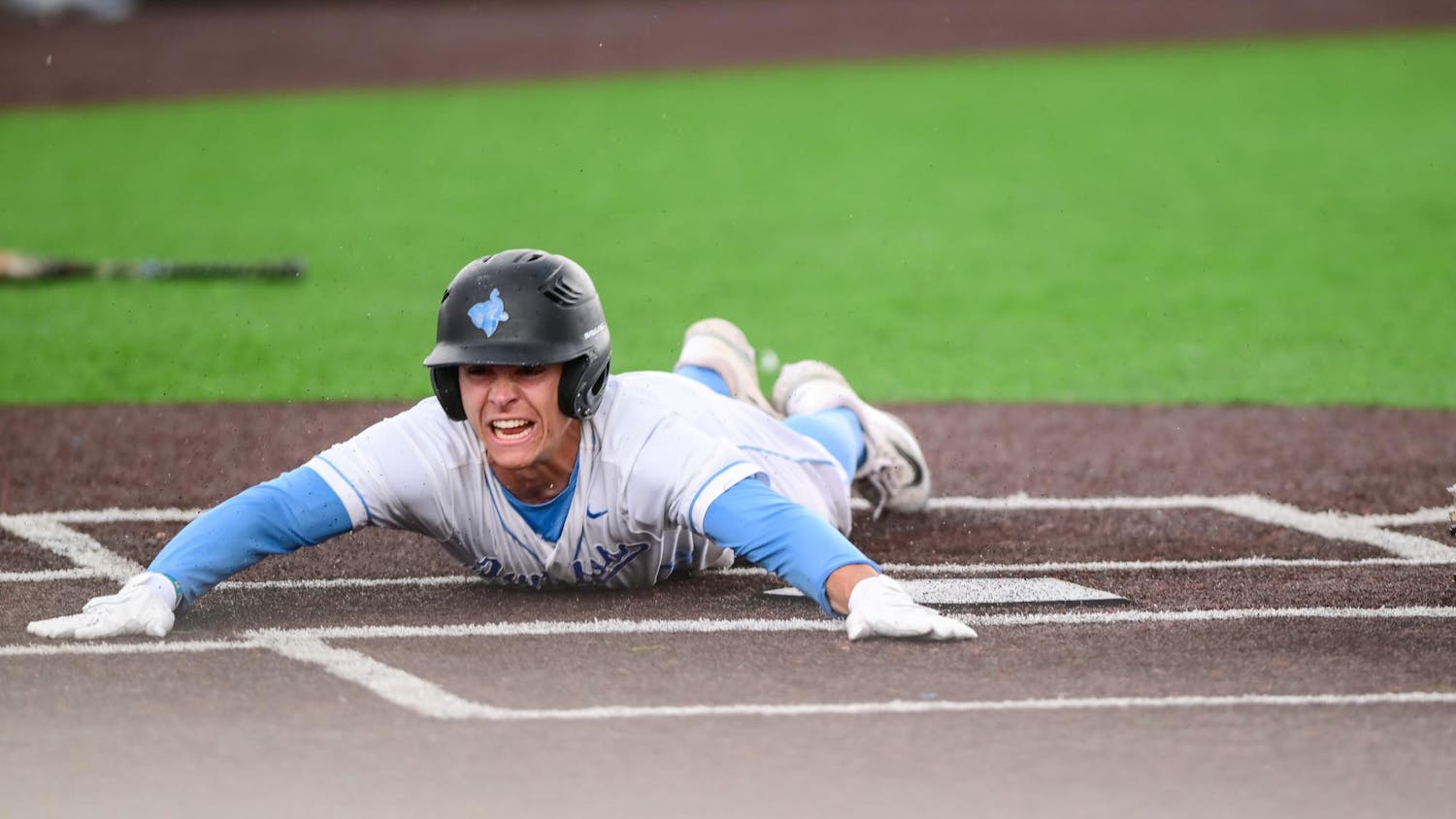Money has invaded American youth sports more and more in recent years. According to a recent report by the Aspen Institute, youth sports have grown into a$17 billion industry. This money, however, hasn’t led to an increase in youth sports participation — rather, the opposite. Participation in youth baseball, basketball, football and soccer has declined since 2008.
As expensive travel teams and clubs have spread to all sports in the United States, one’s financial means have become more of a factor in their ability to participate and succeed in sports. There exists plenty of motivation for parents to push their kids to succeed in sports as well, as billions of dollars in athletic scholarships are given out by colleges and universities around the country to the most talented high school athletes every year.
While there have always been the so-called “country club” sports associated with wealth and privilege such as tennis and golf, sports like basketball and football previously were seen as equalizers — models of the American meritocracy. The influx of money in these sports has changed that narrative. Parents with greater means can pay to enroll their children in private lessons and expensive travel teams, as well as afford the luxury of time to bring kids to distant practices and competitions, leaving less-privileged children behind.
This has all happened under the guise of increasing competitiveness, supposedly part of a pursuit of athletic excellence culminating in national pride. However, other countries have found success employing a different method.
In Norway, for example, an atmosphere of competitiveness is actually discouraged. Youth sports leagues are not allowed to keep score until the kids are 13 years old. According to Tore Ovrebo, director of elite sports for the Norwegian Olympic Committee, Norway places an emphasis on fun and friendship in its athletic atmosphere, from the youth sports level all the way up to the Olympics.On top of that, the Norwegian state subsidizes sports programs, directing large sums toward youth sports, which remove some of the financial burden on the parents of the kids who play.
This approach runs counter to what happens in the U.S., yet Norway is one of the most successful countries in the history of the Winter Olympics, winning a record 39 medals in 2018.Some of this success are probably due to the Norway’s cold and snowy climate, but they are clearly doing something right in the way they train their athletes.
As far as subsidizing youth sports, it seems like it would be hard to employ that model in the United States, where so many other institutions are already underfunded. Norway funnels money into youth sports from its national lottery, but the U.S. already uses its own state lottery revenue to fund education, environmental protections and public transit.
There is something to be said for changing the culture of competition that exists in youth sports. By removing some of the private money and privilege associated with sports, more opportunities would open up for children of all backgrounds, hopefully creating at least one space of meritocracy that the U.S. has always claimed, but failed, to be.
Weidner's Words: The Norway way






